The town of Barentsburg located high in the Arctic feels every bit like a Soviet town stuck in time. Except it’s in Norway.
High in the Arctic, about halfway between the Russian port of Murmansk and the North Pole, lies the town of Barentsburg. About 500 people live here, mostly Ukrainians from Donetsk and Luhansk who work in the Russian-owned coal mine. A Lenin statue watches over the snowy town center, and a concrete sign outside their canteen reads: “Our Goal Is Communism.” This time capsule feels every bit like an old school Soviet town—except it’s in Norway. Fascinated by this mysterious community, Norwegian photographer Paul S. Amundsen spent parts of a summer and winter in Barentsburg. He joined R&K from his home in Bergen.
Roads & Kingdoms: When did you first hear about Barentsburg?
Paul S. Amundsen: When I was a child, many, many years ago. It’s a remote, isolated place. A kind of a misplaced community. I always thought it would be very interesting to go but I didn’t do anything about it until last year.
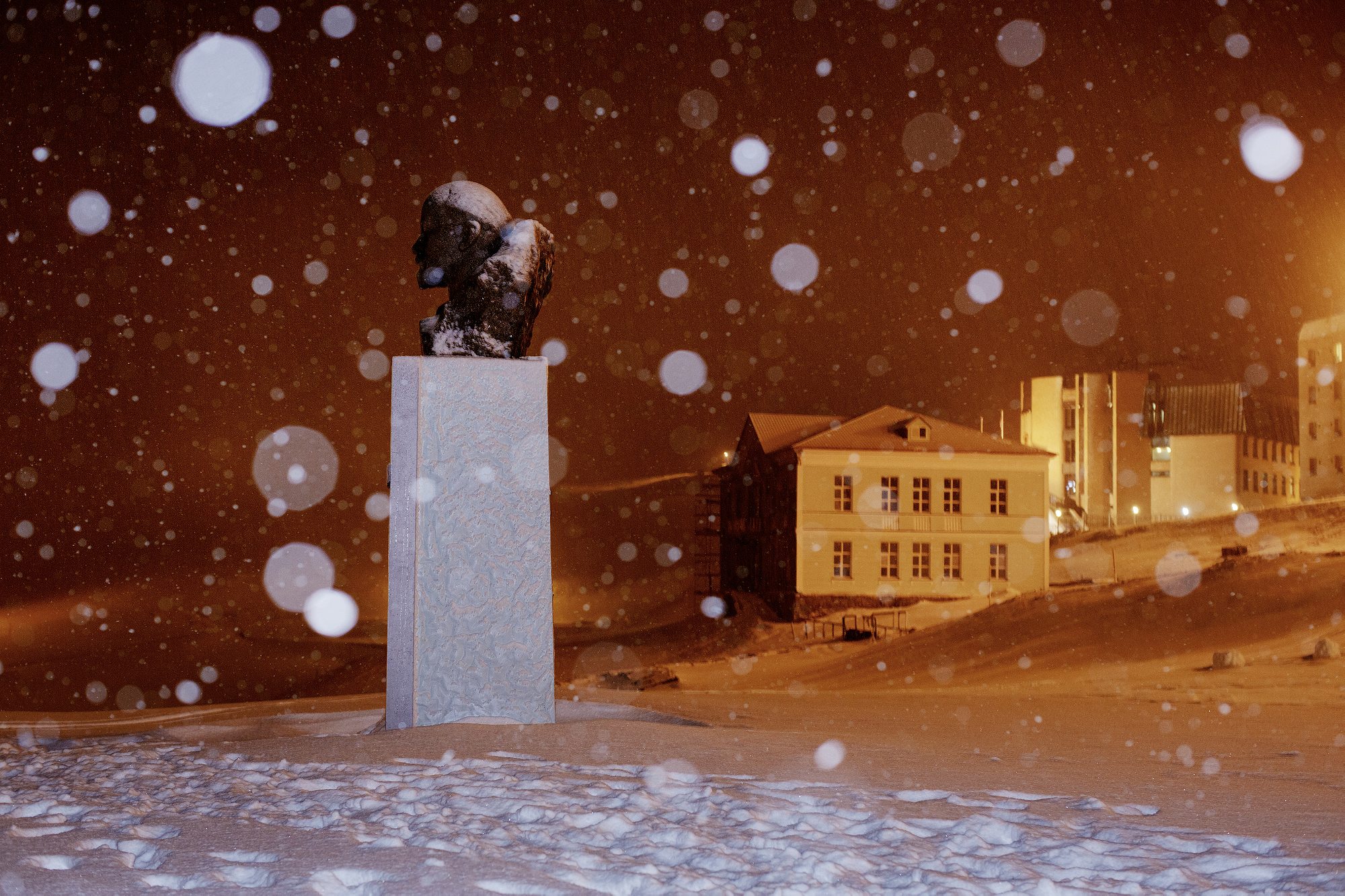
R&K: Can you describe your arrival there?
Amundsen: You can only get there by boat in the summer. I arrived in June. I did not have any appointments, I did not know anybody in Barentsburg. I left the boat—this is a tourist boat so it stays there for one hour and then it leaves with the tourists. So after they left I was alone. The only Norwegian left in Barentsburg. I went to the hotel, talked to the manager and told him a little bit about myself, and what I wanted to do. He mentioned maybe going to the hospital to speak to the doctor. So I went there, and from that moment, everything became easier. The doctor was a very nice man. He invited me into other people’s homes. I wasn’t lonely anymore. It was a good first night because I got to know people, people who I met again when I went to back to Barentsburg this winter.
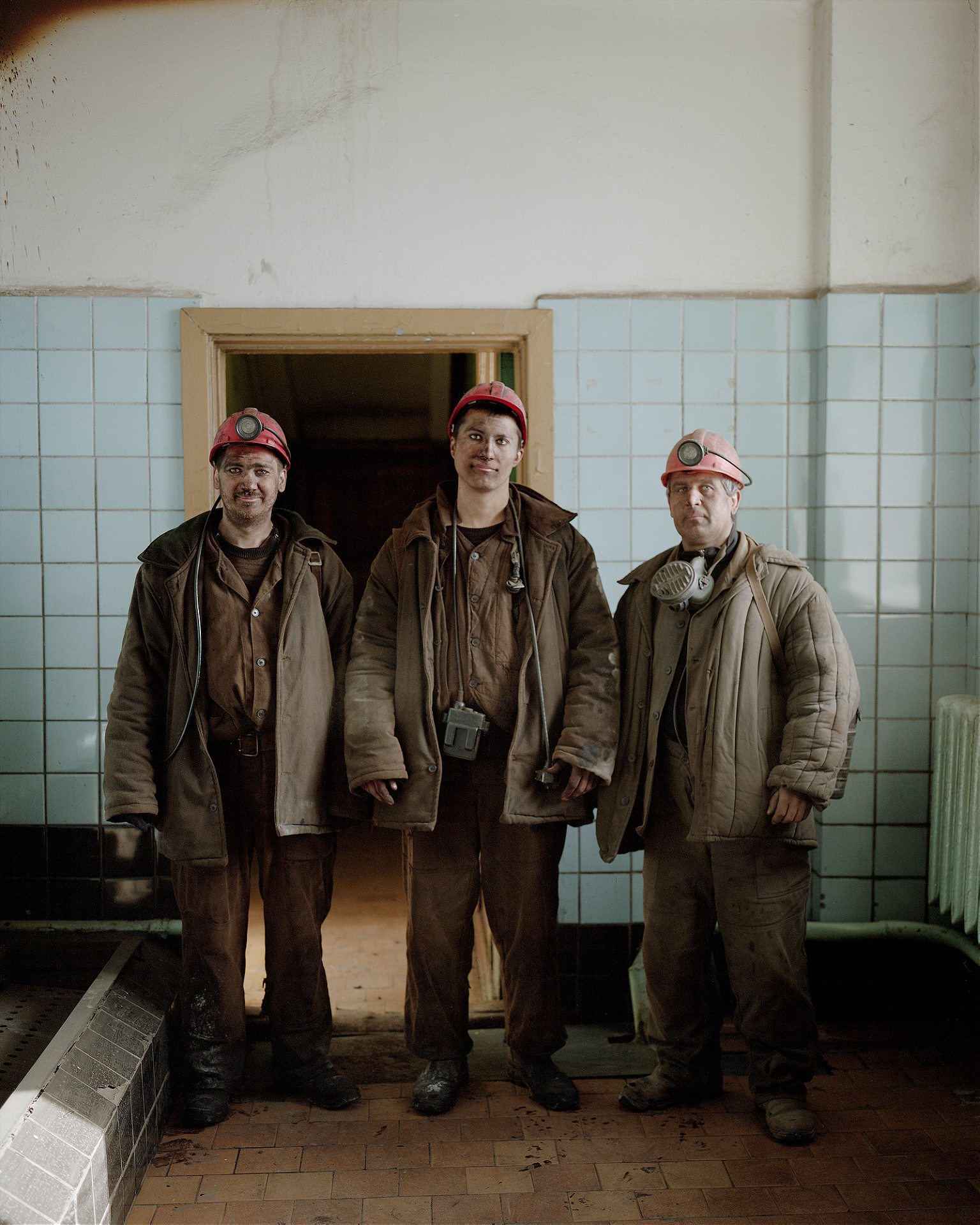
R&K: How would you describe life in this remote town?
Amundsen: It depends on what kind of work you do. If you’re a miner, it’s a hard life. Working in the mine is very dangerous. People die every year. Most of the workers live alone, far from their families. They feel isolated. There are only about 40 families, I would say. Most people are alone, working in the mine, drinking a lot, longing home. There’s not much to do there. Also, they don’t have any contact with the Norwegian community in Longyearbyen, the biggest town is in the area.
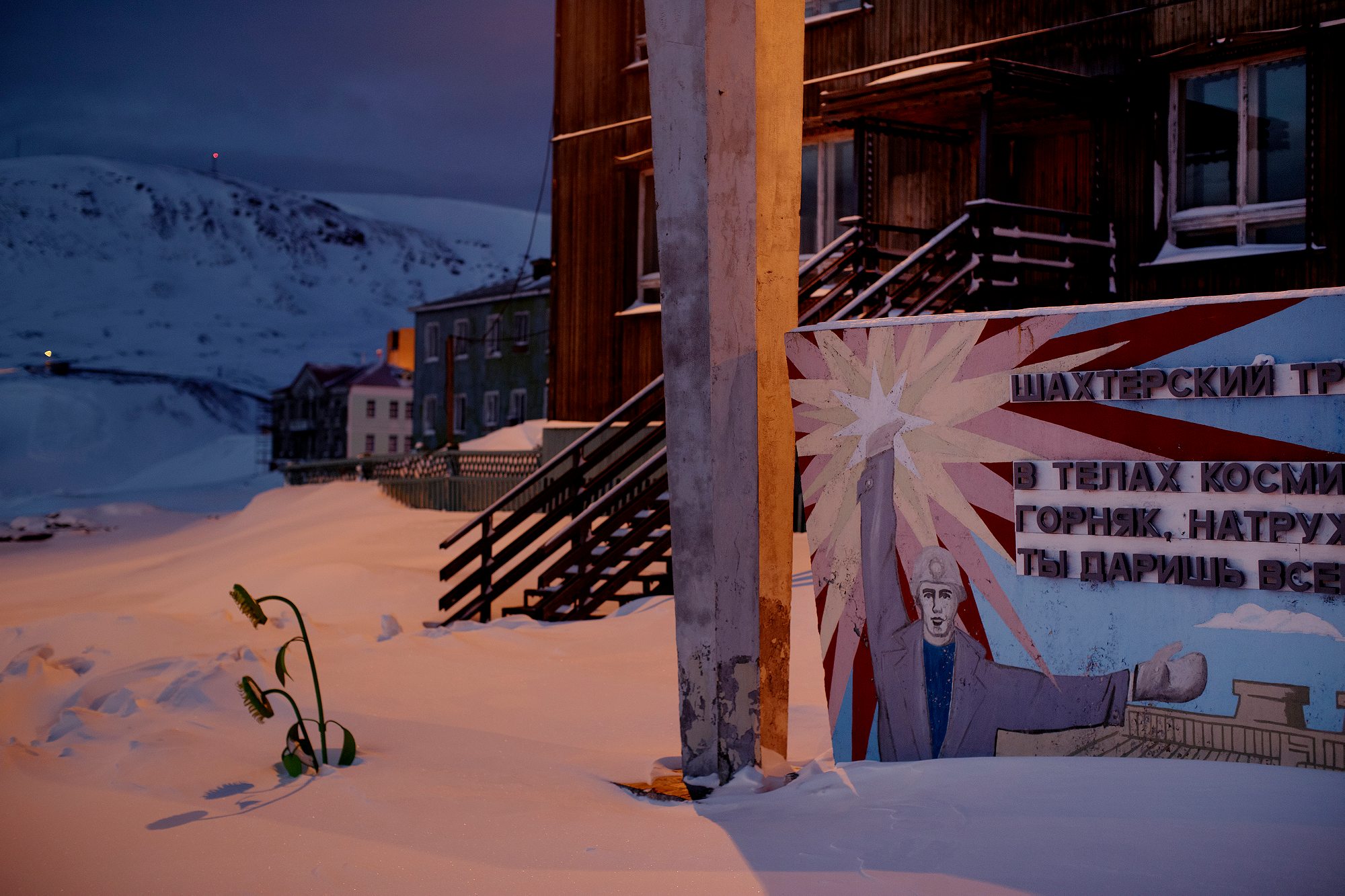
R&K: How would you describe the role of the Russian-owned mining company? It’s much more than an employer, right?
Amundsen: Yes. The mining company is the heart of society, they keep an eye on everything that goes on. If you buy something, you buy it from the mining company. There’s no money in this community. You use a credit card, which is issued by the mining company. Every time you buy something, when you pay rent, when you buy vodka, when you buy cigarettes, it’s withdrawn from your salary. The mining company runs the school, it runs everything. It’s an unfair relationship, I would say. The contracts aren’t fair. The mining company gets everything.

R&K: How can this Russian company have so much power inside Norway?
Amundsen: The Svalbard Treaty of 1920 established full Norwegian sovereignty over the archipelago. All forty signatory countries of the treaty have the right to conduct commercial activities on the archipelago without discrimination, although all activity is subject to Norwegian legislation. In Barentsburg, the Russians are using their own system that they have back home, which includes the salary and the conditions that people are used to there. If there’s an accident, the Norwegian authorities have to investigate it, but besides that the mining company really does what it wants when it comes to contracts or salary.
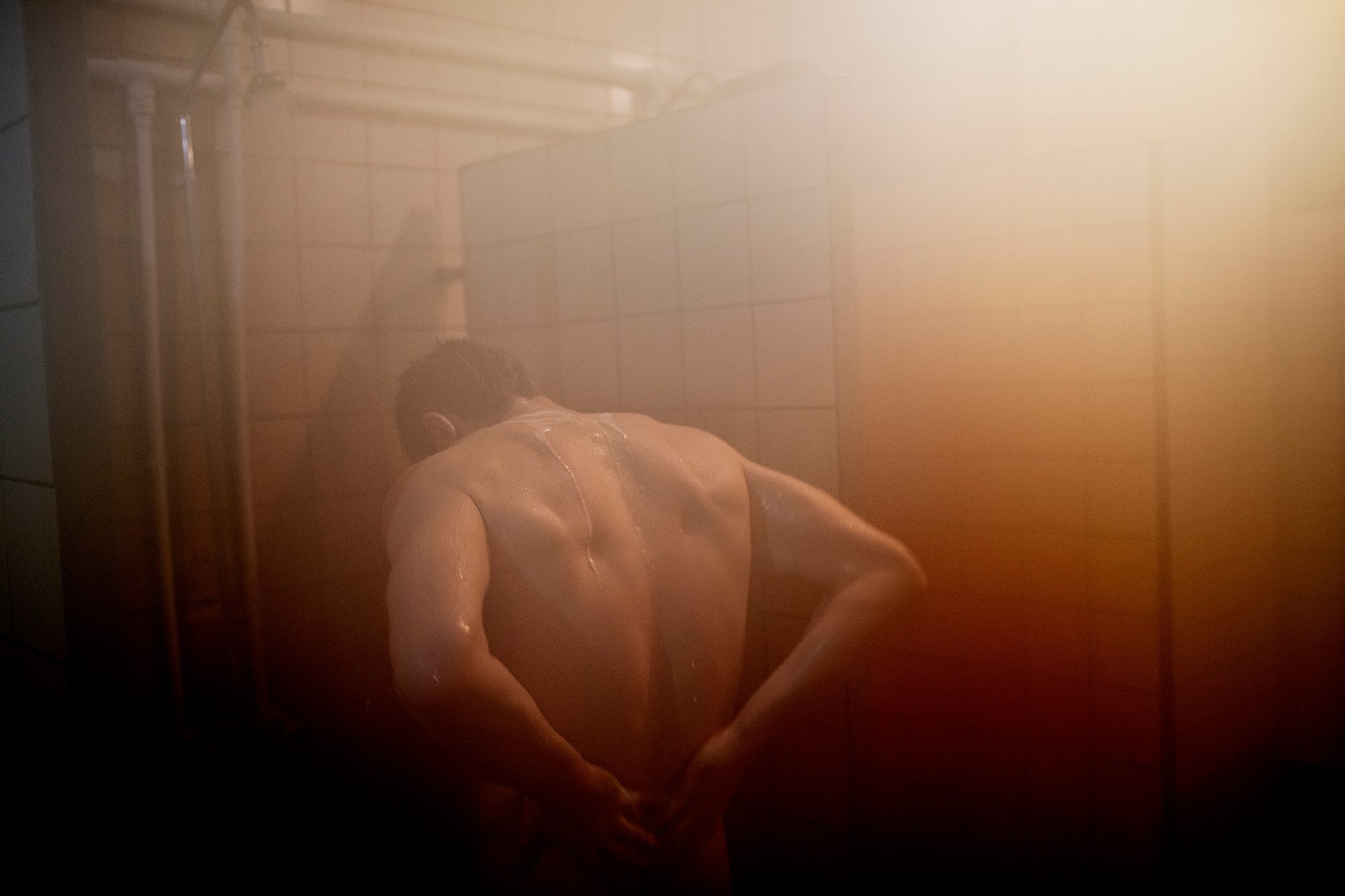
R&K: As a Norwegian, I assume you’re used to a certain level of quality of life, were you shocked by what you saw in Barentsburg? Do you think the government has forgotten this place?
Amundsen: Yes, in a way they have. This place is not close to their heart because they don’t want to fight with the Russians regarding the working conditions up there. Their only concern is if something really bad happens. Every time there is an accident, they will close the mine and they will investigate. But then they leave and after they reopen the mine, everything goes back to how it was. So they let them do what they want and they don’t interfere.
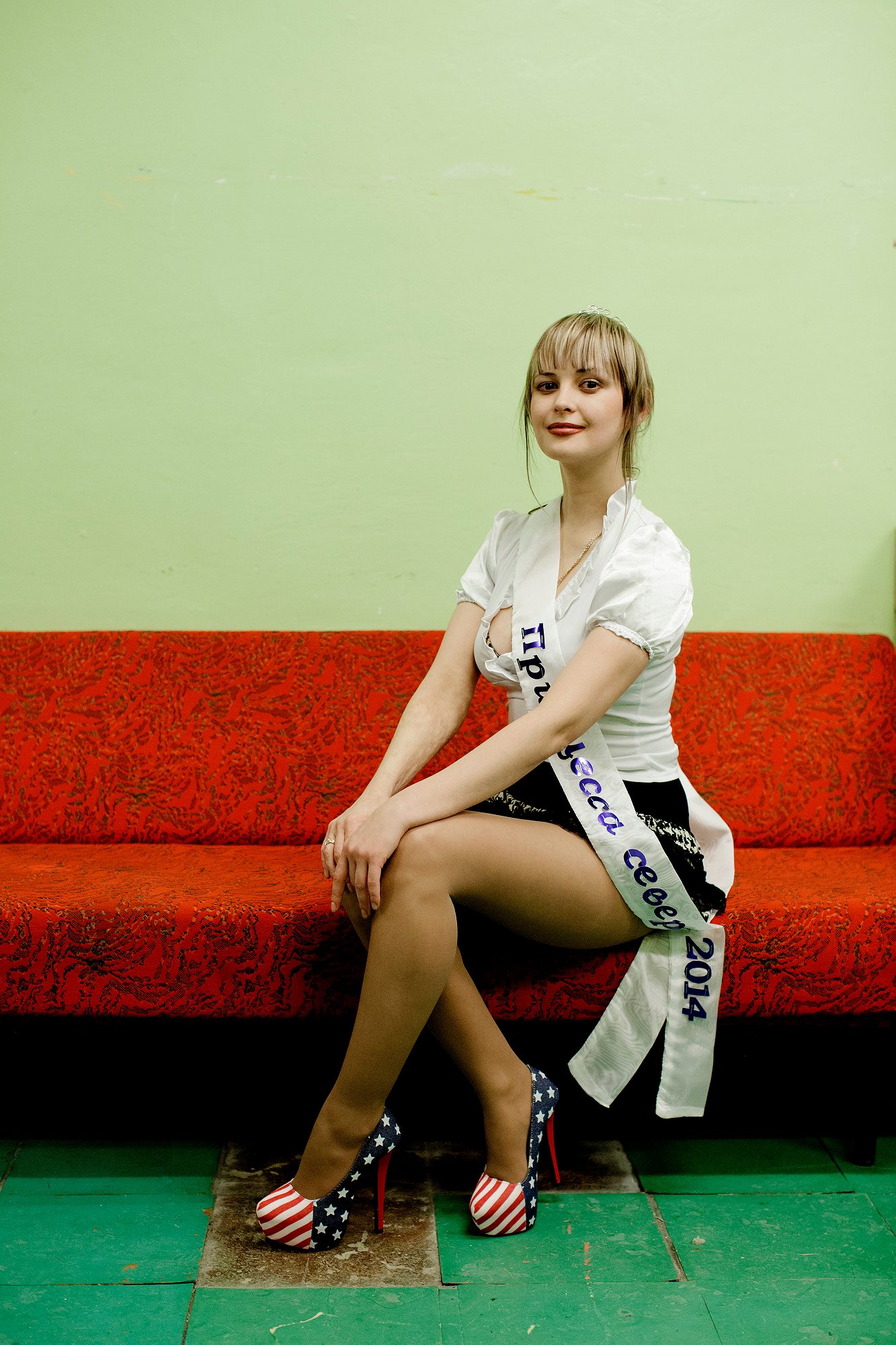
R&K: Can you talk about the modernization that’s taking place there?
Amundsen: Back in the days, in the 1990’s, there was a much bigger community of around 2,500 people. So there are a lot of abandoned buildings, and they are removing some and modernizing others. They placed metal tiles on the outside of buildings in bright colors, which looks much nicer. But because of that, the old Soviet charm is disappearing day by day.
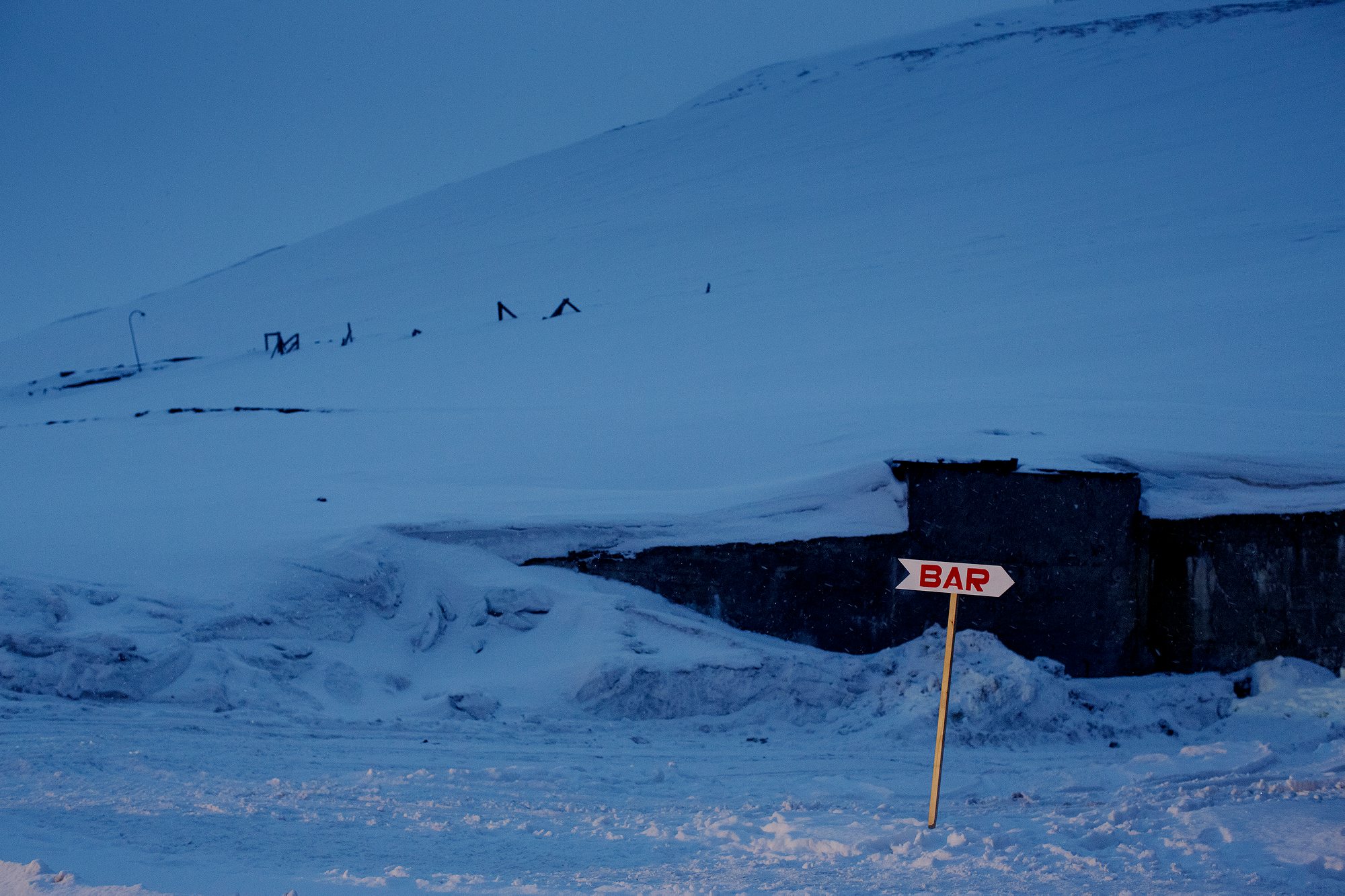
Last summer, going to Barentsburg felt like going back in time. This winter, less so

R&K: You mentioned tourism–who visits Barentsburg?
Amundsen: The people that go there mostly come on daytrips, because a lot of tourists go to Longyearbyen, the main city in the region. So while they’re there, they might take a trip out to Barentsburg by boat in the summer or by snow-scooter. The tourists are people with a lot of money because this is a very expensive area to visit. They stay there for a few hours, they go to the hotel, to the bar, have a vodka, they go to the Lenin statue, they look at some of the old buildings and then they leave. A new restaurant just opened this year, so tourism is quite important for this village. But the strange thing is that this modernization is going to ruin tourism, I think. In a few years, it’s not going to be interesting to see this place anymore.
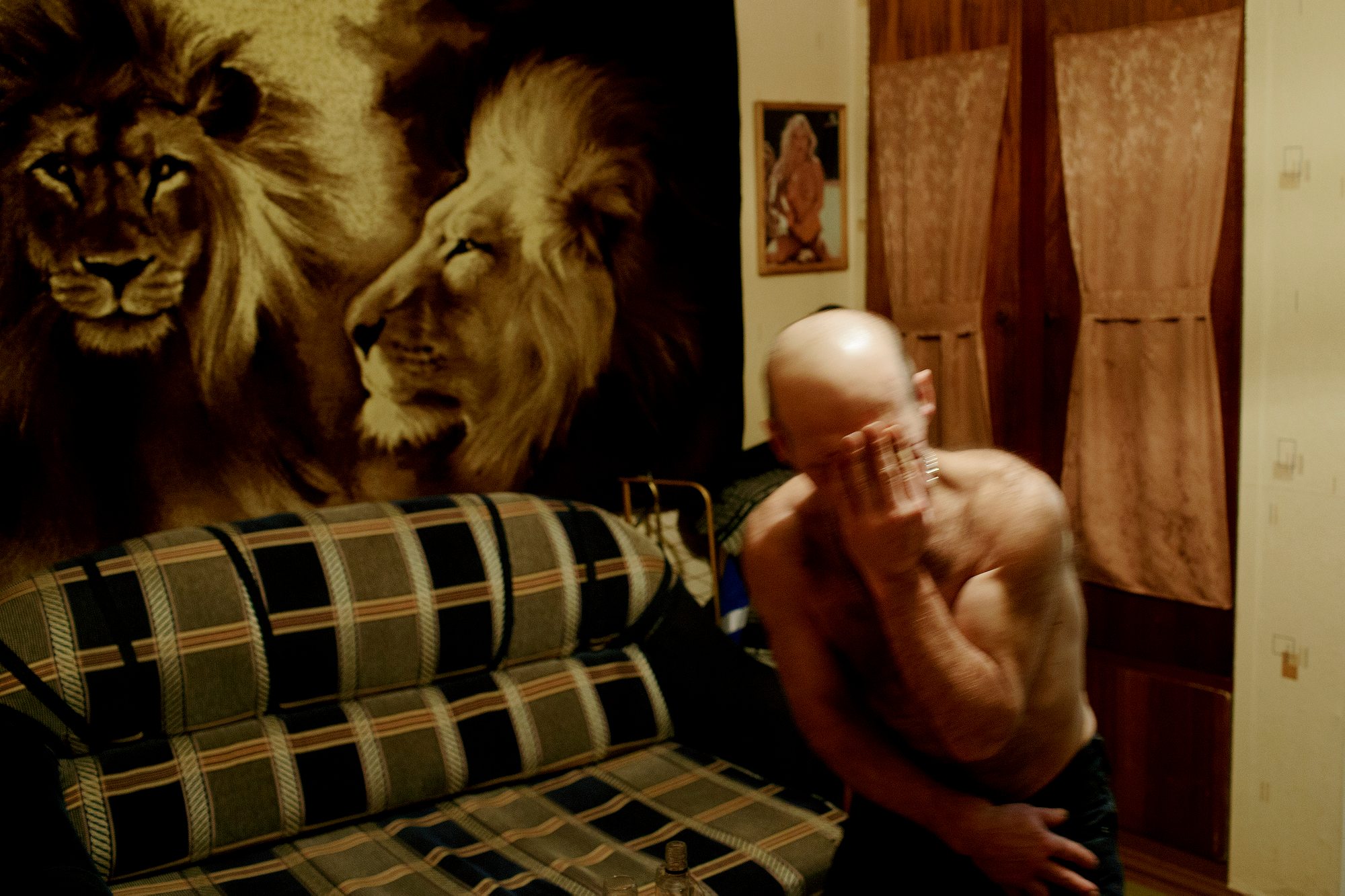
R&K: How fast is this modernization happening?
Amundsen: Last summer, going to Barentsburg felt like going back in time. This winter, less so. The modernization is happening quite fast. However, the society is still quite old-fashioned–when you go to people’s houses, when you see how they live and how traditional this male-oriented society is. So behind the new and bright facade, it’s still very old-fashioned.
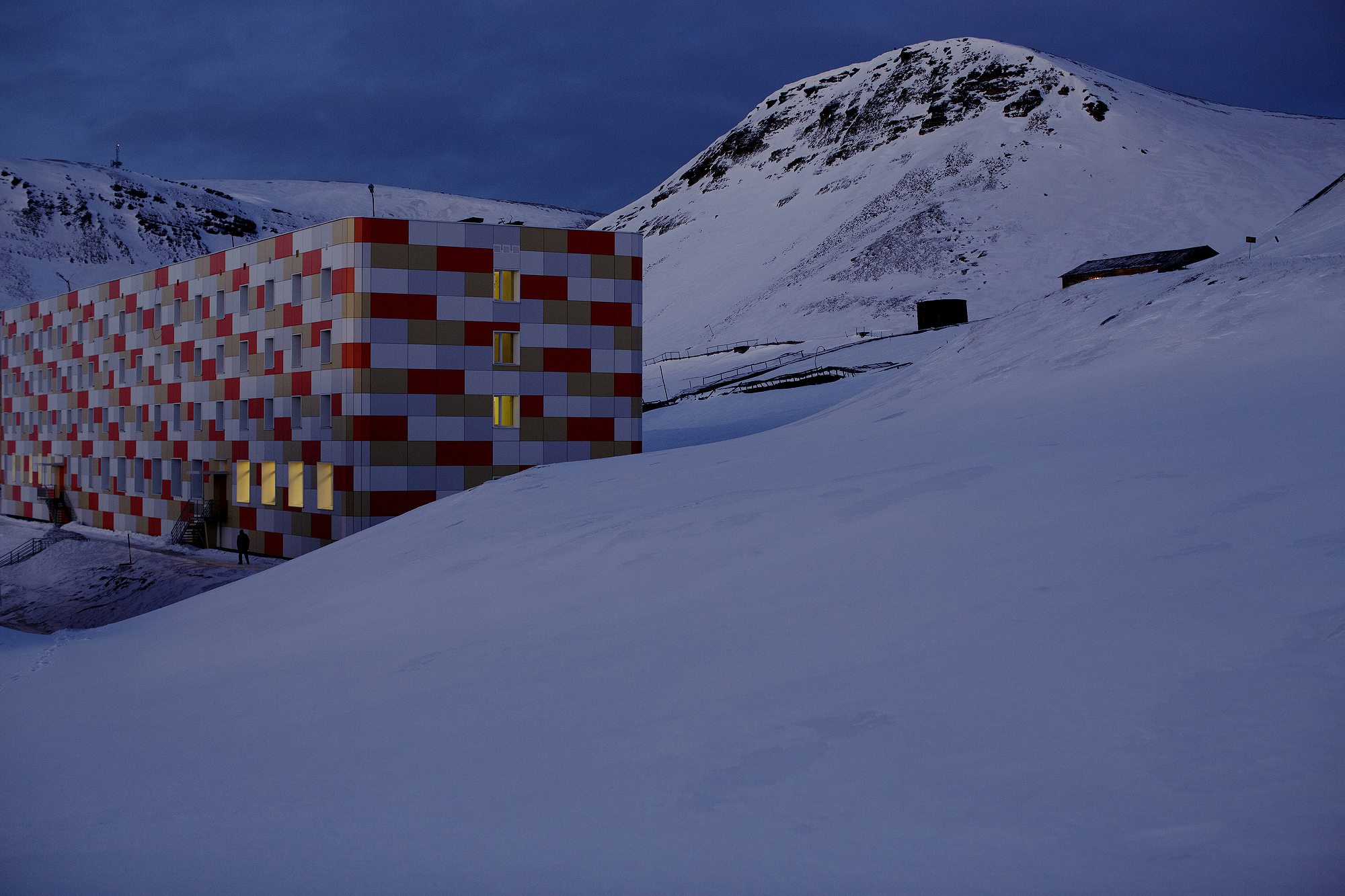
R&K: Can you talk about some of the people you met?
Amundsen: I met a fascinating character from Ukraine, Ivan. He’s a boxer. A very nice young man, very friendly, and an extremely good boxer. He teaches other mine workers how to box. I met him last summer and when I saw him again this winter, his wife was there too and we celebrated his birthday in his apartment. He doesn’t complain about his situation, he works, he goes to the gym, he’s trying to make the best out of it.
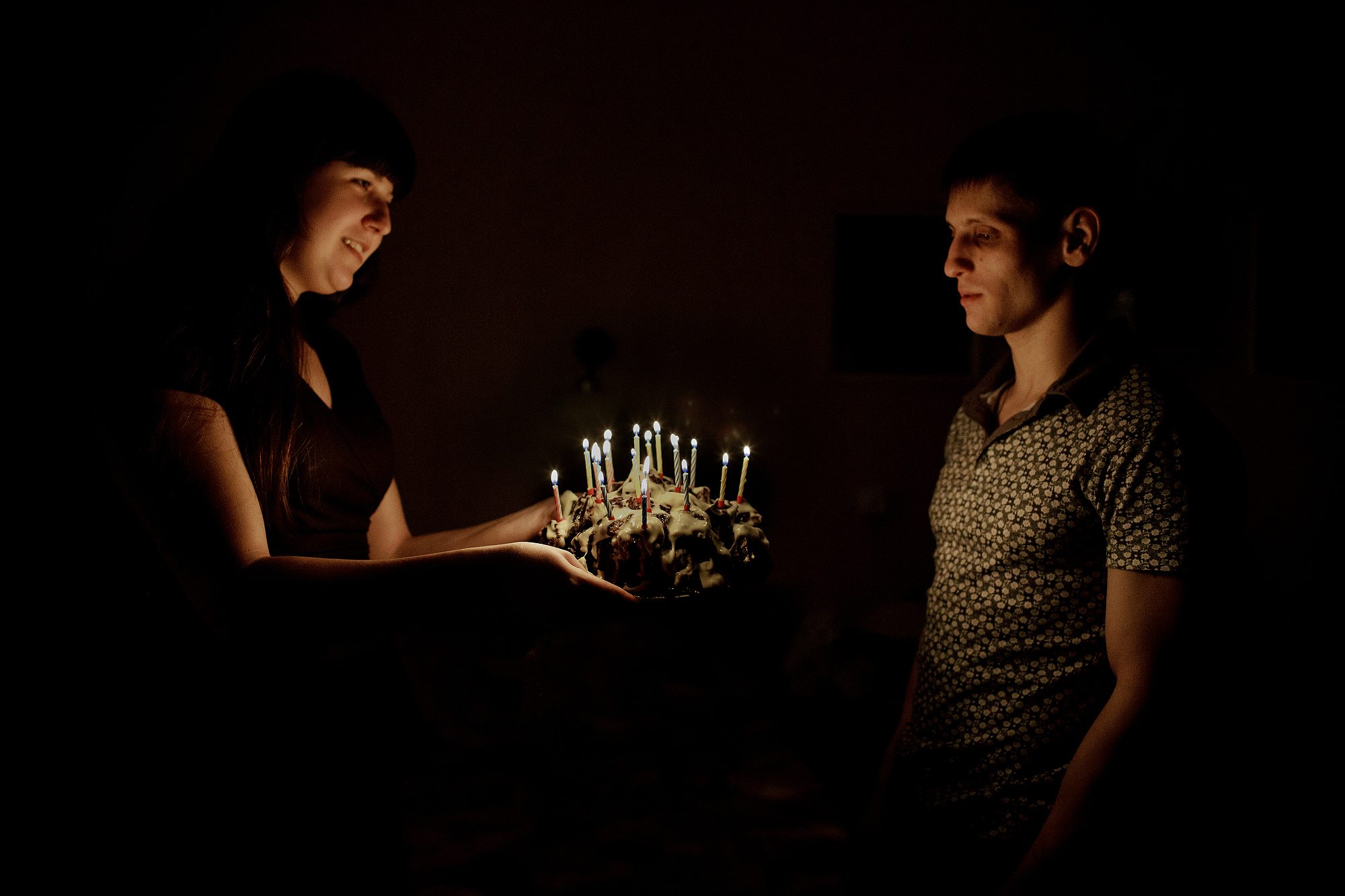
R&K: Why was it important for you personally to tell the story of Barentsburg?
Amundsen: I think that this story is especially important for Norwegians, because we have some kind of responsibility to this area. I think it’s important to show that there is a society in Norway, on Norwegian soil, that is going quite badly and has very dangerous working conditions. People are dying there but nothing is being done.
